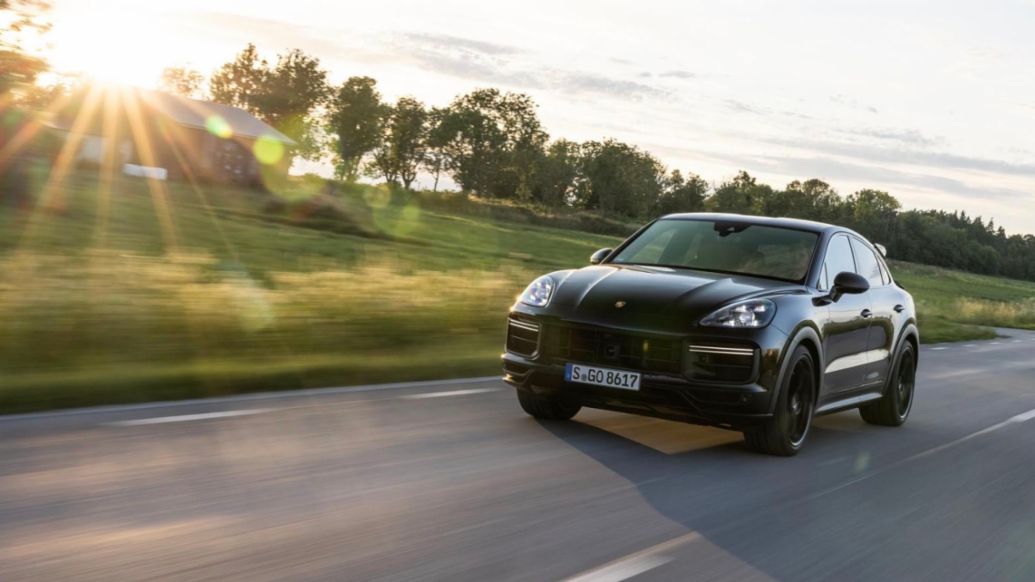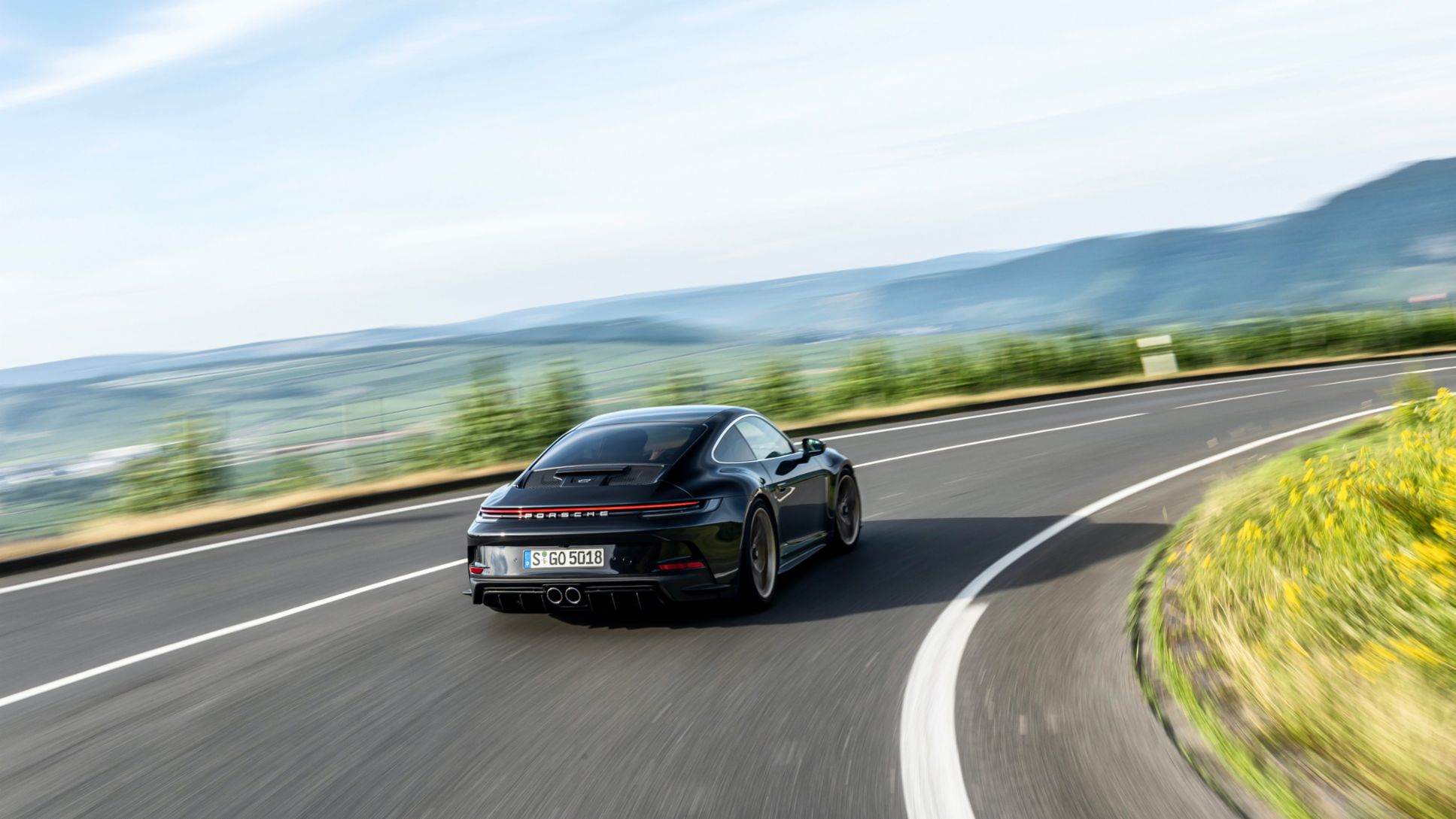Demand for sports cars from Zuffenhausen remains strong. In the first three quarters of 2022, Porsche delivered 221,512 vehicles to customers worldwide, an increase of 2 per cent over the previous year. The most popular model remains the Porsche Cayenne.

“We have managed to increase our delivery numbers in the first nine months of the year – in spite of various challenges,” says Detlev von Platen, Member of the Executive Board for Sales and Marketing at Porsche AG. “The popularity of Porsche as a modern luxury brand, as well as our products, is equally high on every continent. At the same time, we are still concerned about limitations to the supply of parts, which can impact waiting times for customers.”
Double-digit growth in home region
The biggest gains were in the sales region Europe, where Porsche delivered 42,204 vehicles between January and September – 11 per cent more than the same period last year. In its home market, Germany, 20,850 customers took delivery of their vehicles – a gain of 9 per cent. In China, which remains its largest single market, Porsche delivered 68,766 vehicles (a decline of 1 per cent). The limitations engendered by months-long lockdowns were largely balanced out by the third quarter.

In North America, Porsche recorded 56,357 deliveries. The slight decline of 4 per cent was due to logistical challenges, particularly in the first quarter, and accelerated deliveries in the third quarter continued to reduce the gap to the very strong previous year.
Cayenne remains the most popular range
The SUV models remain in especially high demand among customers. With 66,769 deliveries, the Porsche Cayenne remains in the top spot. The second most popular model, the Macan, recorded 59,604 deliveries. The iconic sports car, the 911, continues to rise in popularity, with 30,611 deliveries – a gain of 9 per cent. The Panamera was delivered to 25,452 customers. Worldwide deliveries of the all-electric Taycan hit 25,073, with the 12 per cent decline due to supply chain-related bottlenecks and declining parts availability. Both of these factors particularly affect the electric sports car while the order book for the Taycan remains large. Customers also took delivery of 14,003 examples of the 718 Boxster and 718 Cayman models.
“The fourth-quarter sprint is in full swing and we need to stay on our toes regarding external factors and uncertainties,” continues Detlev von Platen. “At the same time, we are tackling the remaining three months of the year full of resolve and vigour.”
|
Porsche AG |
January – September | ||
| 2021 | 2022 | Difference | |
| Worldwide | 217,198 | 221,512 | +2% |
| Germany | 19,099 | 20,850 | +9% |
| North America | 58,616 | 56,357 | -4% |
| China | 69,789 | 68,766 | -1% |
| Europe (excluding Germany) | 38,030 | 42,204 | +11% |
| Rest of the World | 31,664 | 33,335 | +5% |
Disclaimer
This announcement contains forward-looking statements that reflect Porsche's current views about future events.
The words "will," "target," "aim," "ambition", "anticipate," "assume," "believe," "estimate," "expect," "intend," "may," "can," "could," "plan," "project," "should" and similar expressions are used to identify forward-looking statements. These statements are subject to many risks, uncertainties and assumptions. If any of these risks and uncertainties materializes or if the assumptions underlying any of Porsche's forward-looking statements prove to be incorrect, the actual results may be materially different from those Porsche expresses or implies by such statements. Forward-looking statements in this announcement are based solely on the circumstances at the date of publication.
We do not update forward-looking statements retrospectively. Such statements are valid on the date of publication and can be superseded.
